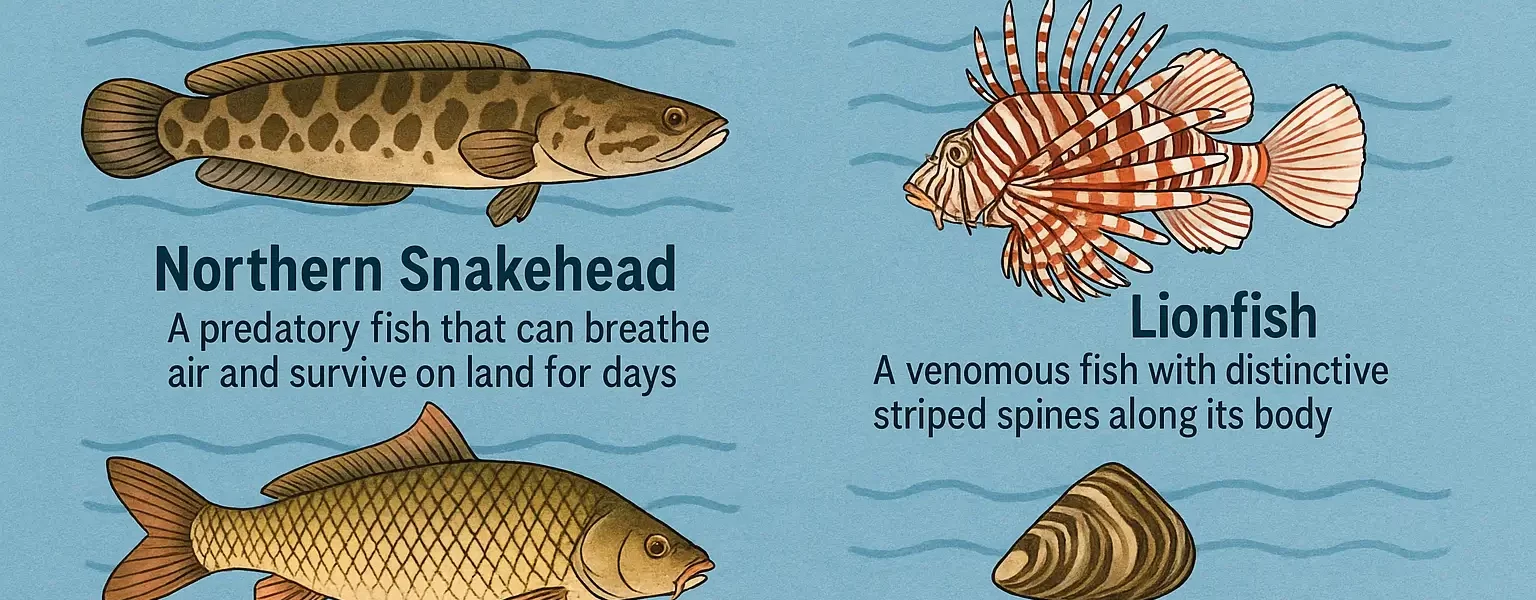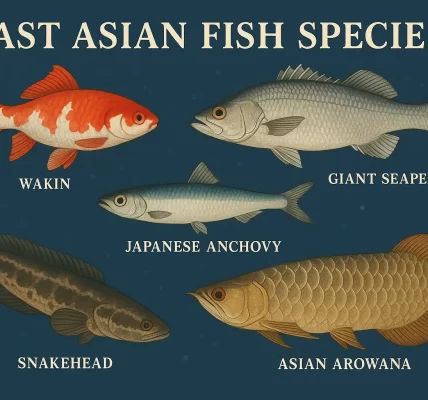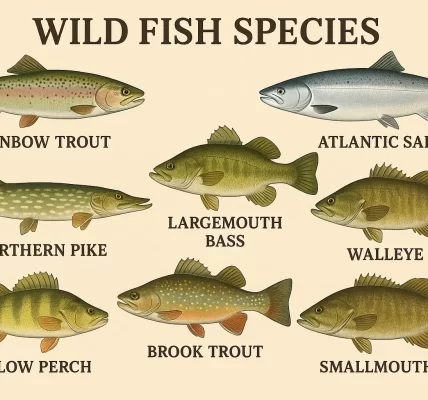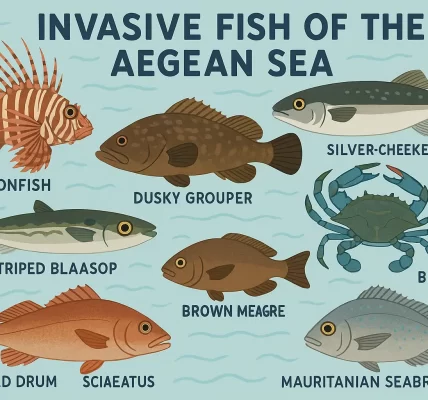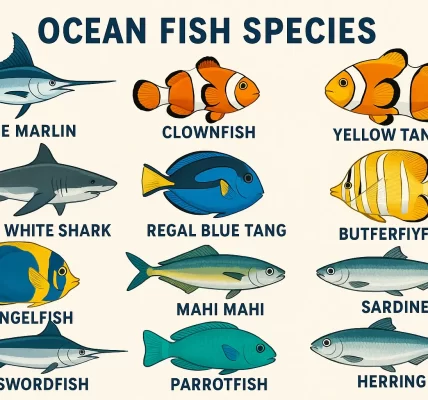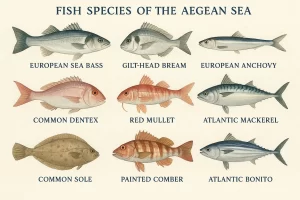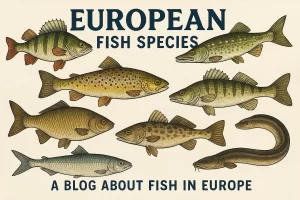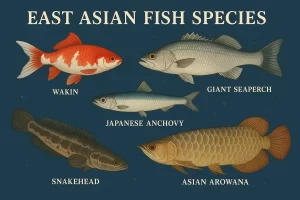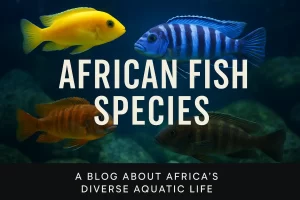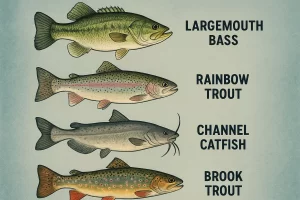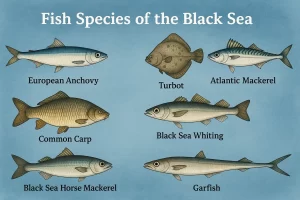Invasive Fish Species
Invasive Fish Species: A Growing Threat to Aquatic Ecosystems
Invasive fish species pose a significant risk to native aquatic life and ecosystem stability around the world. By outcompeting local species, spreading diseases, and altering habitats, these non-native fish can cause irreversible damage to rivers, lakes, and marine environments. This article explores what invasive fish are, how they spread, key examples from around the world, and what can be done to manage their impact.
What Are Invasive Fish Species?
Invasive fish species are non-native fish introduced—either accidentally or intentionally—into ecosystems where they do not naturally occur. Once established, these species can multiply rapidly, often lacking natural predators in their new environment. Their presence typically disrupts the existing ecological balance and threatens biodiversity.
Main Characteristics of Invasive Fish
- Fast reproduction and population growth
- High adaptability to new environments
- Aggressive behavior toward native species
- Resilience to environmental changes and pollution
How Do Invasive Fish Spread?
There are several ways invasive fish species are introduced into new habitats:
1. Human Activities
Shipping ballast water, aquarium releases, fishing bait, and aquaculture operations are among the leading causes of fish introductions worldwide.
2. Climate Change
As water temperatures rise, some invasive species expand their ranges naturally, especially toward higher latitudes.
3. Unintentional Transfers
Stocking programs for sport fishing or fish farming can result in escapees, which sometimes become invasive in the wild.
Notable Invasive Fish Species Around the World
Northern Snakehead (Channa argus)
Native to Asia, the northern snakehead is a voracious predator with the ability to breathe air and move across land. Once released in North American waterways, it quickly began decimating native fish populations.
Common Carp (Cyprinus carpio)
Although widely used in aquaculture, common carp disrupt freshwater ecosystems by uprooting vegetation and muddying waters, which affects native fish and plant life.
Lionfish (Pterois volitans)
Originally from the Indo-Pacific, lionfish have invaded the Atlantic Ocean and Caribbean Sea. With no natural predators and a diet that includes dozens of reef species, they pose a major threat to coral reef ecosystems.
Zander (Sander lucioperca)
Native to Eastern Europe, zander has been introduced to many Western European and Turkish waters for sport fishing. It often competes with and preys upon local species like perch and trout.
Ecological Impacts of Invasive Fish
The introduction of invasive fish can severely disrupt local ecosystems:
- Loss of native species: Through predation, competition for resources, or hybridization.
- Habitat degradation: Many invasive fish damage the physical environment by digging, feeding on native plants, or altering sediment levels.
- Disease transmission: Non-native species can introduce new pathogens or parasites to local fish populations.
- Food chain disruption: Invasive fish often prey on key species that support the broader food web.
Invasive Fish in Turkey
Turkey’s rivers and lakes have also been affected by invasive fish. Species like the tilapia, gambusia (mosquitofish), and Prussian carp (Carassius gibelio) are known to cause ecological imbalance in Turkish inland waters.
Preventing and Managing Invasive Fish Species
Monitoring and Early Detection
Regular monitoring of aquatic systems helps detect invasive species early, increasing the chances of controlling them before they spread.
Public Awareness
Educating the public, especially fishers and aquarium owners, about the dangers of releasing non-native fish is crucial in preventing new invasions.
Legislation and Regulation
Governments can enact policies to regulate fish importation, ballast water discharge, and other high-risk activities.
Biological and Mechanical Control
In some cases, invasive fish populations can be reduced through targeted removal, use of natural predators, or environmental modifications.
Conclusion
Invasive fish species are among the top threats to glo

